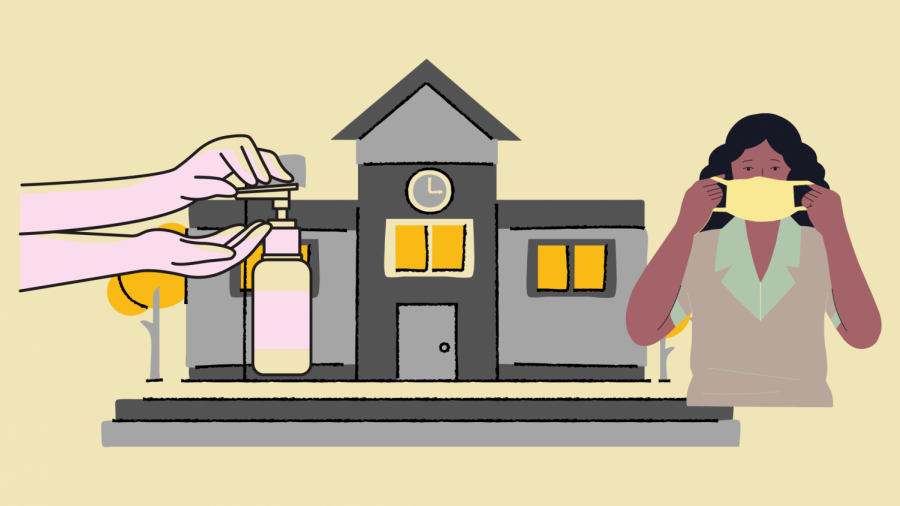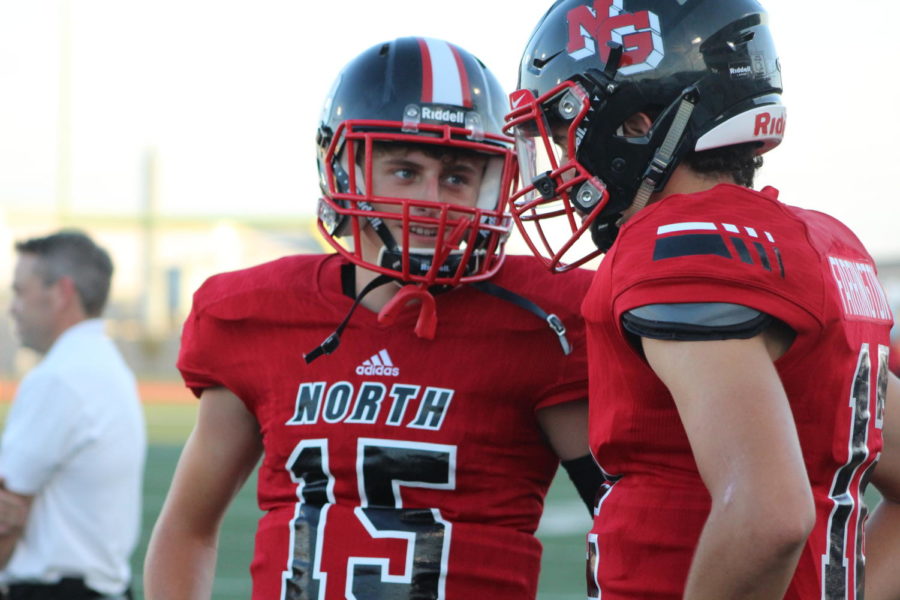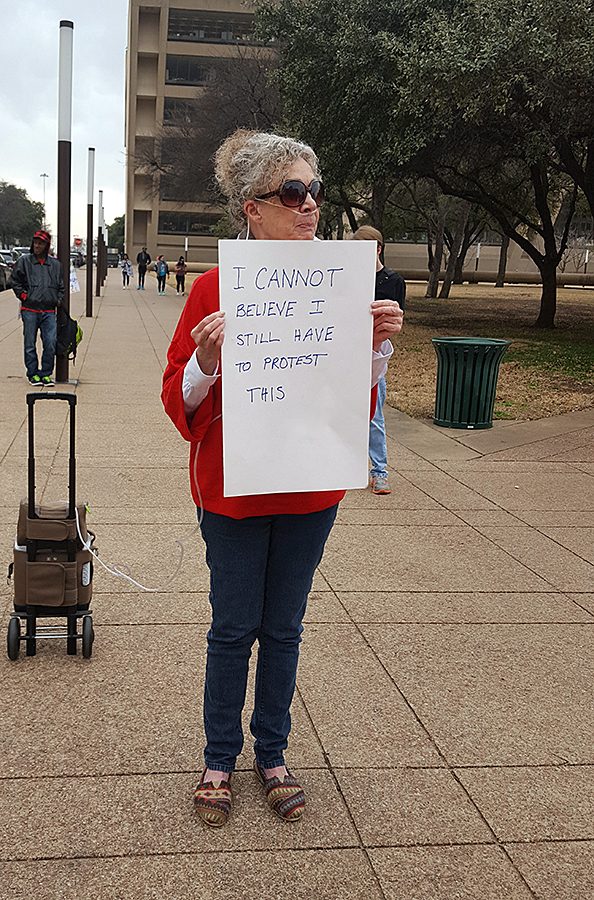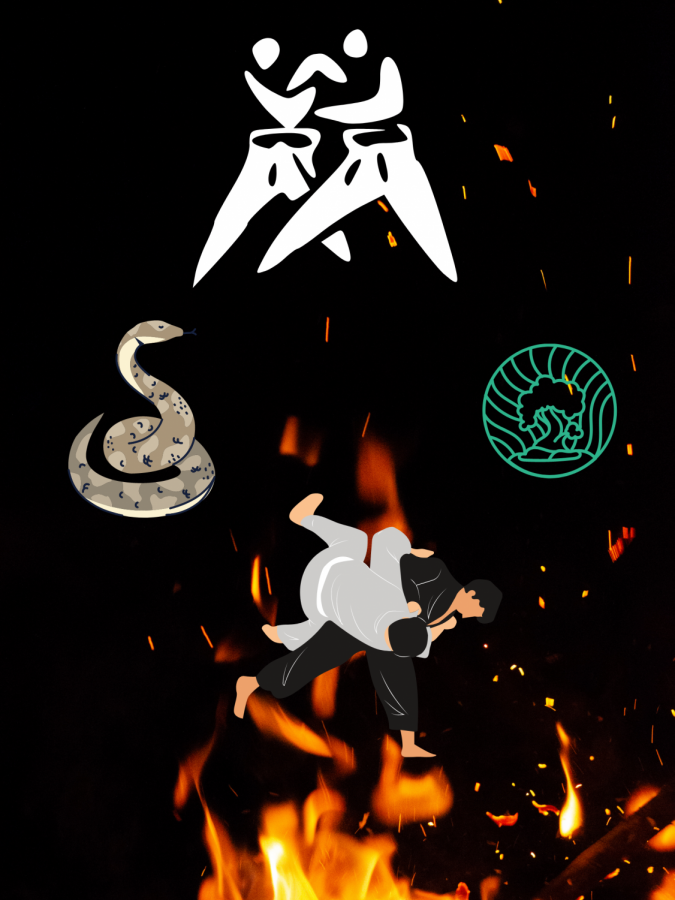“I am here for you!” NGHS Counselor Discusses Tackling Mental Health
November 30, 2021
Mental health has had a grip on high school students the past two years due to COVID-19 lockdowns. More than 25% of high school students reported worsened emotional health when in quarantine. With a rough return to school after a year of virtual learning, students are expected by administrators to immediately adjust to the new schooling environment with the amount of work they are given and having to keep up with upcoming tests, extracurriculars, and athletics. North Garland High School’s counseling department organized a presentation for students to inform them about suicide prevention and how to recognize the signs and factors that lead to it. NGHS’s lead counselor, Donna Mitchell further discusses mental health and suicide prevention awareness in high schools.
Q: What can be done to create a safe space for students to talk about how they are feeling and their emotions?
A: There is a safe place for students to come and talk with their counselors at any time. They can contact us through email, or just come by the office and request to see us. Our doors are always open. We also have 2 responsive services counselors on campus. They are also available Monday – Thursday and if they need to come to campus on Friday they can be there as well.
Q: How can counselors help students deal with their emotions, depression, anxiety, etc?
A: Counselors are trained to give strategies to students to help them through their issues. Also, counselors have access to outside agencies that can be shared with the parent as well as the student if it’s needed.
Q: What can be done to spread awareness for suicide prevention?
A: Student and teachers should review the lesson that is provided by the counselors and keep the important phone numbers that are shared in their phone and computers and share that information with parents as well. Also, students need to be aware that telling a trusted adult doesn’t mean that they are telling on someone, but that they are getting help for a friend or themselves. Students should be able to build a support system which includes friends, family, teachers, administrators and counselors.
Q: What can teachers and students do to spread awareness for suicide prevention?
A: Review the lesson and keep the important phone numbers handy in their phones. Also, refer students to the appropriate counselor, administrator, teacher or trusted adult. If you, as a student, feel uncomfortable in telling, then use the Anonymous Alerts that is on our district website to report.
Q: According to Active Minds 67% of young adults (ages 18-24) suffering from anxiety or depression do not seek help, what could be done to help young adults seek help?
A: We provide an open door policy for all of our students. Building positive relationships. Communication is key on all fronts. Sometimes students, due to what has been taught at home, do not reach out to adults. Also, sometimes friends tell friends and tell them not to tell…so we don’t get the information. This is a community effort (students, teachers, staff, administrators and parents/guardians) to have an open line of communication.
Q: What can be done to reduce suicide rates for teens who are at-risk?
A: Helping students to build a support system that wraps around them. Also, providing them with the helpline information and counseling services.
Q: What are the warning signs of someone who is dealing with suicidal thoughts?
A: There are visual warning signs: changes in personality, drug/alcohol abuse, giving away valued possessions, obsessed with death and/or dying, written notes about dying, drawing indicating suicide, extreme mood swings. Verbal warning signs(talks about being a burden to others, talks about wanting to die, talk about feeling of hopelessness…) This list is inclusive, but not limited to these signs. Each person’s situation is different.
Q: What is a message you would like to tell anyone struggling with their mental health?
A: I am here for you!
Q: Do you think schools are doing enough to spread awareness for suicide prevention? If not, what more can be done?
A: I think that schools are doing a lot, but there is always room for more. This is a collaborative effort with the counseling department, administrators, teachers, students, and parents/guardians. Communication between all stakeholders would like to know what the students feel that they need.





















